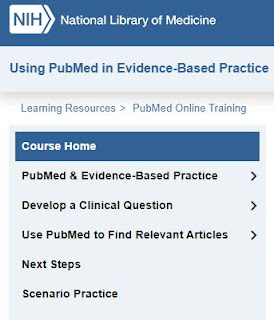To: Ascension Medical Group WI Clinicians, Ascension WI All Medical Staff
cc: Gregory Brusko DO, MMM, FACOS, Chief Clinical Officer, Ascension Wisconsin,
Lisa Benson, MD, MBA, FACP, Chief Medical Officer, Ascension Wisconsin,
Douglas Reding, MD, MPH, FACP, Chief Academic Officer, Ascension Wisconsin,
AMG-WI Regional Vice Presidents,
From: Doug Culling, DO, MS, CPE, President, Clinical, Ascension Medical Group WI
Date: June 11, 2020
Subject: **ACTION REQ**: UpToDate® Discontinuation- Transition to New Physician Point of Care Tool

WHAT’S HAPPENING
Effective July 1, 2020, Ascension will transition from UpToDate® to using DynaMedⓇ as a single
nationwide physician point of care tool for assisting with care decisions, research, Graduate Medical
Education (GME) and continuing medical education (CME).
The decision to move to a single nationwide point of care tool, and the selection of DynaMedⓇ was
made in close collaboration with Ascension Clinical & Network Services and Ascension Medical Group
dyad leadership and library services, along with input from several Ascension ministry markets with
previous experience using DynaMedⓇ.
There were many important considerations for this decision, including the need for an evidence-based
resource, access for medical and nursing staff, allied health and GME, affordability and an ability
to achieve standardization, an extension of coverage to inpatient and ambulatory sites of care that
may not currently have access.
DynaMedⓇ will be available to Medical staff (including employed and non-employed providers
associated with our hospitals and academic medical centers. This includes GME.),
Nursing staff and Allied Health professionals.
** ACTION REQ** TRANSITIONING TO DynaMedⓇ
Monday thru Friday
A call in number appears when you log into the meeting or participants can join via computer audio.
WHO TO CONTACT FOR QUESTIONS & TECH SUPPORT
For basic questions about the DynaMed tool, including training and education, please contact:
Kellee Selden, Ascension Region 1 Program Manager, Library Services, Ascension Clinical & Network Services, Kellee.Selden@ascension.org
-
24 hour technical support is available by Dynamed (EBSCO) at 1 (800) 653-2726.
Please provide the name of your Ministry and share that support is needed for
Dynamed technical difficulties.
ABOUT DynaMedⓇ
DynaMedⓇ combines the best available evidence with clinical expertise through a seven-step
evidence-based methodology, providing clinicians with trusted information to support diagnosing
and managing patients. Advantages include:
A robust systematic literature surveillance with daily updates
Clinical expertise that clarifies the evidence so that the right information is quickly surfaced.
Actionable recommendations, key takeaways, and synopses that provide quick answers
Integration with EMRs
Thank you.
[Memo sent by John McCurdy, Director of Communications, Ascension Medical Group - Wisconsin]












